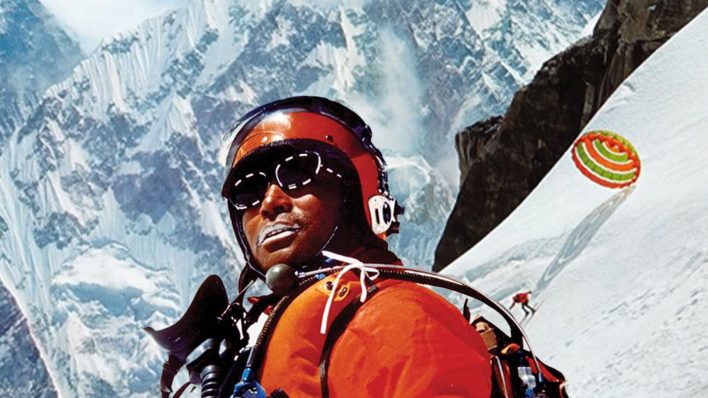
On May 6, 1970, Yūichirō Miura clipped into his skis on the South Col of Mount Everest. His red helmet had an attached antenna and oxygen mask, two pieces of safety that would be crucial for what he was about to do. While his team of Sherpa and Japanese mountaineers watched from below, he considered the icy pitch he was about to ski.
“It is steep, an angle of 40 degrees, 45 in some places, an 8,000-foot wall of ice that doesn’t even have a name. There are jutting rocks the size of a four-story building. And at the bottom, the deep dark voice of ice that is the bergschrund. This is not a world for human beings,” Miura said in the 1975 Academy Award-winning documentary The Man Who Skied Down Everest.
Miura was born in 1932 in one of the snowiest cities in the world, northern Honshu’s Aomori City. His father, Kenzo Miura, was a ski instructor and a mountain landscape photographer, making a life in the mountains inevitable for young Yūichirō. He started skiing competitively in elementary school and eventually enrolled at Hokkaido University where he could continue to peruse snow sports while studying.
While he dabbled in competition, even holding the world speed skiing record for a single day in 1964, ski mountaineering was his passion. He was a pioneer of skiing in the Hokkda Mountains around his childhood home inAomori. In April 1966, he made the first descent of Mount Fuji. His tactic was a daring one: He schussed straight down until he hit 93 miles per hour and then pulled a parachute to quickly dump speed. It worked, and it gained him an invite from New Zealand’s Tourism board to ski the Tasman Glacier, the country’s largest glacier. On the trip, Miura met Everest-first-ascensionist Sir Edmund Hillary and decided to make the famed peak his next goal. It should be noted that he planned to descend from the South Col, 2,000 feet below the summit.
It took Miura and his team—which included 800 porters—22 days to travel the 185 miles between Kathmandu and Everest Base Camp. At this point, a team of Sherpa and Japanese mountaineers began navigating the Khumbu Ice Fall, a treacherous 3-mile section of the mountain known for ever-shifting crevasses and dangerous avalanches. While his team was securing ladders and ropes through the ice fall, Miura dialed in his ski gear and made practice runs with his parachute on the nearby Shangri-la Glacier.
On April 5, the route through the Khumbu Ice Fall was established, and porters began carrying two tons of equipment up the mountain. Tragedy struck when a large portion of the route collapsed, killing six Sherpas. “They had no chance. I feel a hopeless anger. My anger expands into a great nothingness and sorrow comes like waves of the ocean into which you sink,” Miura said of the accident in the documentary. He later added, “A shadow covers the expedition. How can I justify this adventure now? There can be no happy ending anymore, no matter what I do.”
After questioning if he should continue, Miura decided it would be a disgrace to the Sherpas’ memories to abandon the climb. He and his team continued to push upward. “After two hours, I felt the energy drain from my body as though a switch were turned off,” Miura said of skiing at altitude. Videos of his turns at Camp Two are impressive, but, for his own safety, he chose to use oxygen higher on the mountain.
At Camp Four, Miura honored the six men lost in the Khumbu Ice Fall and waited for his weather window. When the winds died down, it was time for him to go. Cameramen slid into place. A final safety checklist was read through the transceiver in his helmet as he took mechanical breaths through his oxygen mask.
Then, Miura rolled over the edge in a straight line. Within six seconds, he was already going over 100 miles per hour. Much like on Fuji, his round, green and red parachute deployed behind him to control the speed. Partway down the hill, Miura fell, losing both his skis and tumbling over a small cliff band before he could self-arrest.
“The mountain seems to be falling over me. Can’t hear the wind. No sound. White. Nothing. I wondered what it meant, being alive,” Miura reflected in the film.
The 6,600-foot run, which took two minutes and 20 seconds, marked a change in the trajectory of ski mountaineering. Miura was the first person to ski on Mount Everest. New possibilities were opened, and daring skiers from future generations would start coming to Everest to follow in Miura’s ski tracks, some even dropping from the summit.
But Miura had other goals. He’d already skied Mount Kosciusko, Australia’s highest peak, and Mount Denali, North America’s highest peak. With a partial descent of Everest also in the bag, he went on to ski the rest of the Seven Summits. Muira ticked off Kilimanjaro in 1981, a first descent of Vinson in 1983, and Elbrus and Aconcagua in 1985. Eventually, he did return to Everest. In 2003, he summited with his son, Olympic freestyle skier Gota Miura. At age 70, he became the oldest man to reach the top of the world. In typical Yūichirō Miura fashion, he went on the break his own record two more times at ages 75 and 80.
This is a sidebar from an article originally published in Issue 162, The Outliers Issue. To read the full story, grab a copy, or subscribe to read our stories when they’re first published.


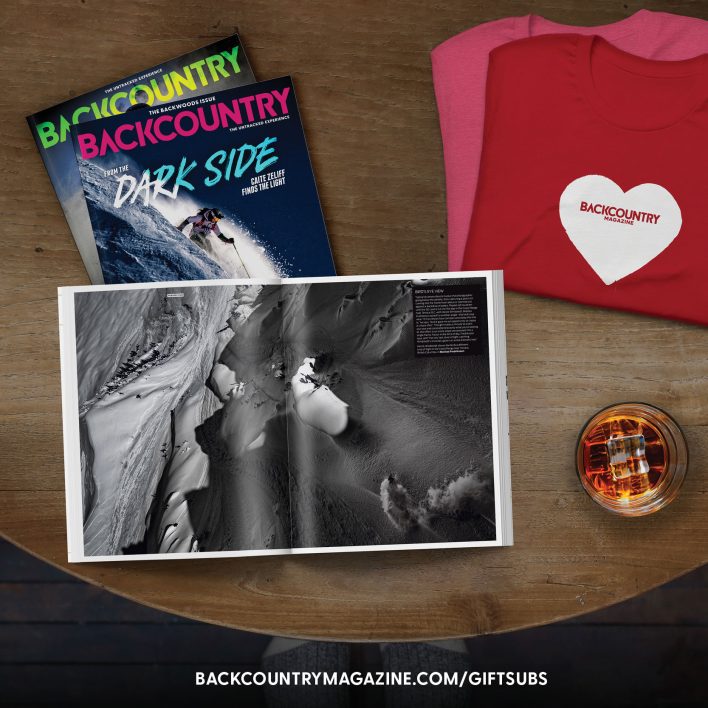
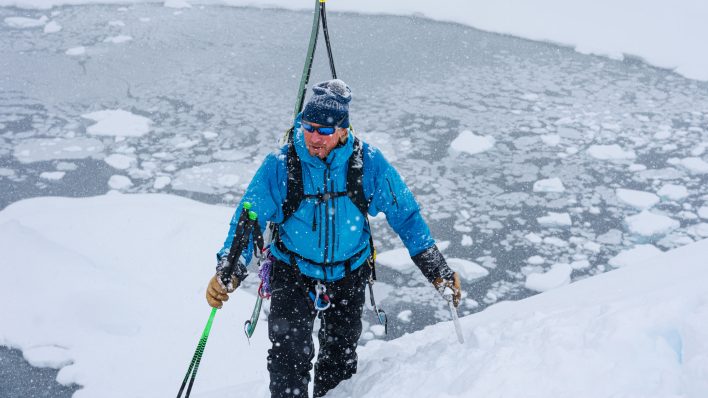
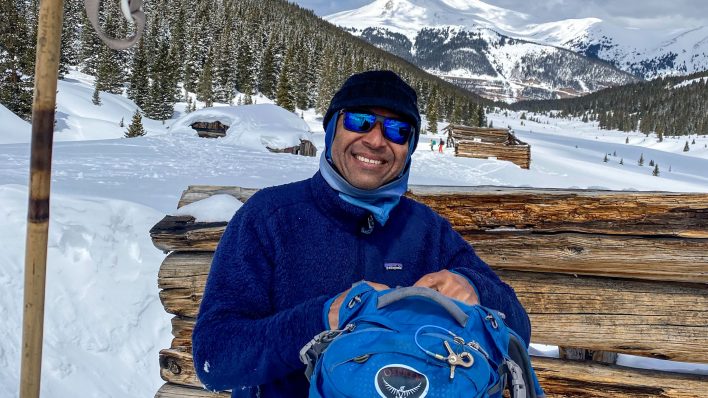
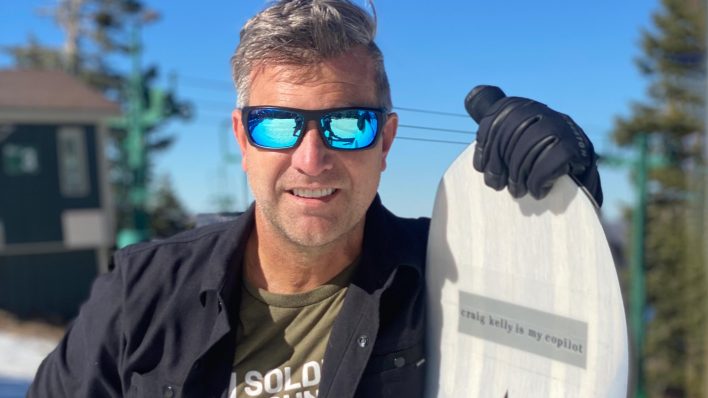

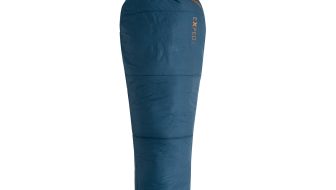
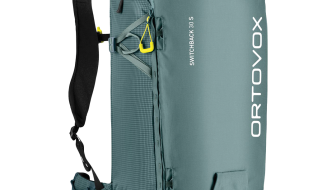

Related posts: